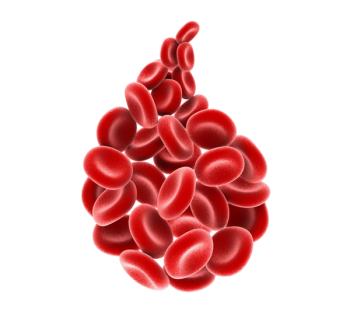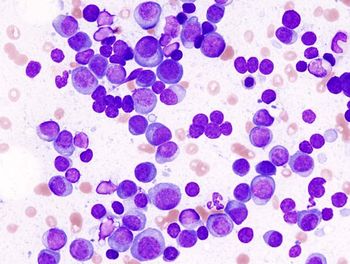
- Oncology Vol 29 No 4_Suppl_1
- Volume 29
- Issue 4_Suppl_1
(P134) An Overview of the First One Hundred Patients Treated With a New Cutting-Edge, Frameless, Image-Guided, Stereotactic Radiosurgery System
The Edge RS system possesses the high-accuracy localization and delivery requirements for safely treating patients with tumors in the CNS and other sites using SRS/SBRT-based techniques.
Ning Wen, PhD, Karen Chin-Snyder, MS, Haisen Li, PhD, Kwang Song, PhD, James Gordon, PhD, Indrin Chetty, PhD, Munther Ajlouni, MD, Farzan Siddiqui, MD, Benjamin Movsas, MD, Salim Siddiqui, MD; Henry Ford Health System
PURPOSE: To summarize our experience with treating our first 100 patients treated using an innovative linear accelerator (Linac)-based stereotactic radiosurgery (SRS) system.
MATERIALS AND METHODS: A novel platform for Linac-based SRS treatment, the Edge (Varian Medical Systems, Palo Alto, CA), offers multiple imaging modalities for treatment localization, including an optical surface monitoring system (OSMS) for surface tracking, 2.5 MV portal imaging, triggered monoscopic kV imaging to track intrafractional motion, four-dimensional (4D) cone-beam computed tomography (CBCT) to evaluate tumor motion offline, extended CBCT images by stitching multiple CBCT scans together, and a Calypso/Varian electromagnetic beacon-based tracking system. The new robotics couch supports six-degrees-of-freedom corrections from multiple imaging modalities for precise patient setup. We have comprehensively commissioned this system and have worked out a clinical workflow for treating patients with different cancer types.
RESULTS: The breakdown of tumor sites treated with SRS/stereotactic body radiation treatment (SBRT) techniques was central nervous system (CNS) (31%), lung (29%), spine (23%), GI (9%), adrenal glands (7%), and head and neck (1%). The treatment techniques used were as follows: volumetric-modulated arc therapy (39%), intensity-modulated RT (35%), dynamic conformal arc (21%), and three-dimensional (3D) conformal RT (5%). For CNS sites except glioblastoma multiforme (GBM), the dose was delivered in a single fraction (range: 10–18 Gy), and the target volume (TV) ranged from 0.10 cc (acoustic neuroma) to 21.05 cc (metastasis). GBM patients were treated with four fractions using the simultaneous integrated boost technique (32 Gy to the enhanced lesion and 24 Gy to the edema). Volume sizes of the enhanced lesions ranged from 7.86 cc to 128.05 cc. All lung patients were treated with 48 Gy in four fractions, except three recurrent treatments with 36 Gy in three fractions. Median TV volume was 36.53 cc (range: 4.09–85.12 cc). V20 for the total lungs was 3.59% on average (range: 0.50%–7.37%). All T-spine metastases were treated in a single fraction, with the dose ranging from 14 Gy (primary: multiple myeloma) to 18 Gy (all other primary diagnoses). The median TV volume was 43.82 cc (range: 11.80–121.77 cc). The maximum dose to 0.03 cc of the spinal cord was 10.86 cc (range: 7.90–15.15 cc). The clinical flow designed for each treatment site using multiple imaging modalities and treatment techniques will be presented. The setup time, imaging fusion time, and beam on time will be categorized according to the treatment site.
CONCLUSION: The Edge RS system possesses the high-accuracy localization and delivery requirements for safely treating patients with tumors in the CNS and other sites using SRS/SBRT-based techniques.
Proceedings of the 97th Annual Meeting of the American Radium Society -
Articles in this issue
Newsletter
Stay up to date on recent advances in the multidisciplinary approach to cancer.

















































































